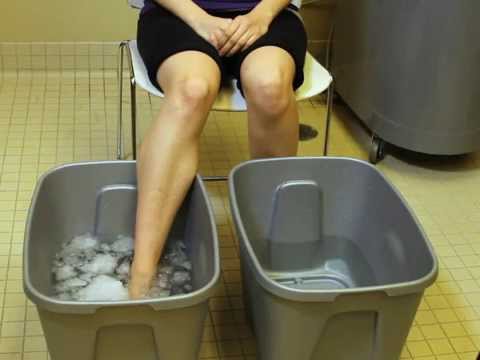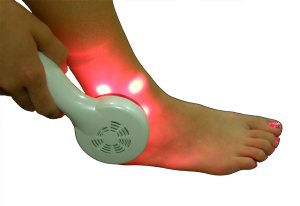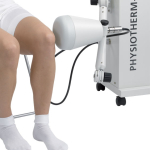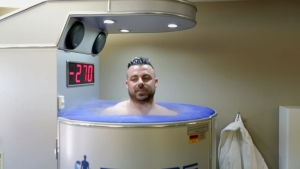The use of heat and cold for rehabilitation has been around for many years. Cold is extensively promoted during the immediate “first aid” treatment of soft tissue injuries composing the ice section of RICER. However, you are required to know much more than this for this dash point in HSC PDHPE.
Use of heat in rehabilitation
The use of heat in rehabilitation has a number of aims and is done in a number of methods. The aims or benefits of heat application include:
- increased blood flow (delivering nutrients and white blood cells, while removing waste)
- decreased pain
- increased flexibility (increases the elasticity of fibres, especially the new ones)
- decreased joint stiffness (increases fluid to the joint)
- increased tissue repair (by increasing blood flow)
The methods for using heat in rehabilitation include both superficial applications (less than 1 cm deep):
Heat packs
There are many different types of heat packs, including microwavable wheat bags, and chemically heated packs. They are applied to the injured area, much like an ice pack.
Hydrotherapy
Hydrotherapy is a heated pool around 40 degrees that is used during rehabilitation. It uses heat to increased blood flow, flexibility etc, while at the same time using buoyancy to limit the force/weight on the injured area during exercise.
Infra-red lamps
Infra-red lamps proceed heat via radiation. The lamp is used to apply heat to the injured area, by being shone on the injury.
Contrast therapy
During contrast therapy the athlete moves the injured area between an ice bath and a warm bath. This provides the benefits of the cold, and the heat.
Deep heat can be applied using:
Ultrasound
Ultrasound therapy applied heat using sound waves and is used during rehabilitation on dense tissue such as bone or ligaments.
Microwaves
Microwaves heat deeper tissue that has high water content such as muscles and blood vessels. The area around the injury is heated for less than 30 min to around 40 degrees.
Heat should not be applied to acute injuries!
Use of cold in rehabilitation
The technical term for the use of cold in rehabilitation is cryotherapy. Cryotherapy “is the local or general use of cold in medical therapy.” There are many methods used to apply cold for rehabilitation. The purpose of using cold in rehabilitation is to reduce pain, blood flow/bleeding and inflammation. This is applied immediately after the injury occurs and after treatments/exercise during rehabilitation of the injury.
The use of ice-packs is well known and is usually applied to the injured area during the first 48 hours after an injury. For more information see management of soft tissue injuries. Other methods include:
Ice massage
During this use of cold, ice is rubbed over the body, or injured area for around 15 min. This is not much different to the use of an ice-pack.
Cold water immersion/ice bath
This use of cold is when immediately following an injury the athlete places their injured area into an ice bath for around 15 min at a time. This depends on the area injured and how long the athlete can withstand the cold.
Contrast therapy
During contrast therapy the athlete moves the injured area between an ice bath and a warm bath. This provides the benefits of the cold, but then the warm bath increases blood flow to the area helping to remove debris and providing nutrients for repair. This is not usually used immediately after injury, but more often during or after a session of rehabilitation.
Vapocoolant sprays
These are the prays often used during games to provide an immediate cooling to the injured area. Often used for minor injuries, where the player can continue to perform. They are particularly used to prevent muscle spasms around the injury.
Cryotherpy machine
A cryotherapy machine may be used in rehabilitation for larger injuries of the body. They cool the entire body, but do not target specific areas.
See also Recovery Strategies.




